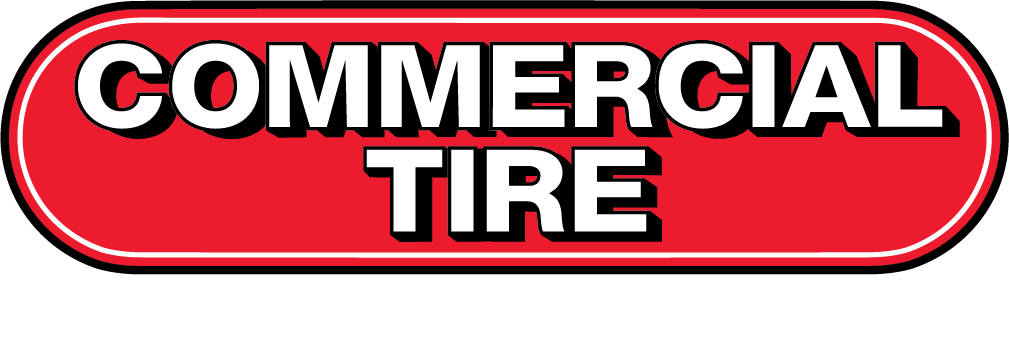If you’ve ever been stuck on the road with a flat, you know how frustrating it can be. When it comes time for a tire repair, knowing what to expect can help reduce stress and get you back on the road faster. At Commercial Tire, we’re committed to making your visit quick, professional, and informative. Whether you need a simple patch or a full replacement, our team is here to deliver trusted service you can count on—every mile of the way.
Here’s what typically happens when you bring your vehicle in for a tire repair.
1. Tire Inspection
The process begins with a comprehensive inspection of your tire to determine whether it can be repaired or needs to be replaced. A technician will:
In some cases, especially if the damage is near the sidewall or the tread is too worn, a safe and effective repair may not be possible. This is where the expertise of a tire shop comes in—providing honest guidance on whether a repair or replacement is the best option.
2. Tire Removal
If the tire is deemed repairable, it will be carefully removed from your vehicle and unmounted from the rim. This step is essential, as many internal damages are invisible from the outside. During this stage, the technician will:
By addressing even the small things early, a quality repair avoids future problems and unnecessary brake service or tire wear down the line.
3. Repair Process
Most standard punctures—like those from nails or screws—can be repaired using a plug-patch combination, which seals the puncture from both the inside and outside. This is the industry standard and ensures the structural integrity and safety of your tire.
4. Rebalancing the Tire
Once the repair is complete, the tire is mounted back on the rim and carefully rebalanced. An unbalanced tire can lead to:
Rebalancing ensures smooth driving and helps extend the life of your tires— an important factor if you’re looking for tire deals that offer lasting value, not just a low price.
5. Final Check and Installation
Before handing the keys back to you, our technicians perform a full safety check. This includes:
At this stage, you’ll receive any final recommendations—such as checking the other tires, scheduling an oil change, or reviewing your brake system if irregular wear is noticed.
Looking for Tire Services?
If you’re located in the Northwest, finding reliable service when you need a tire repair doesn’t have to be a challenge. Our expert technicians are ready to help you get back on the road quickly and safely. Whether you need new tires or need more advanced support like automobile battery replacement or car air conditioning repair, our full-service shops are ready to handle it all.
We proudly serve drivers across the region, with locations in Pasco, Boise, Nampa, Twin Falls, Ontario, Spokane, and many more. Whether you’re looking for brake repair near me or a dependable tire place, Commercial Tire has built a reputation for trust, service, and quality.
